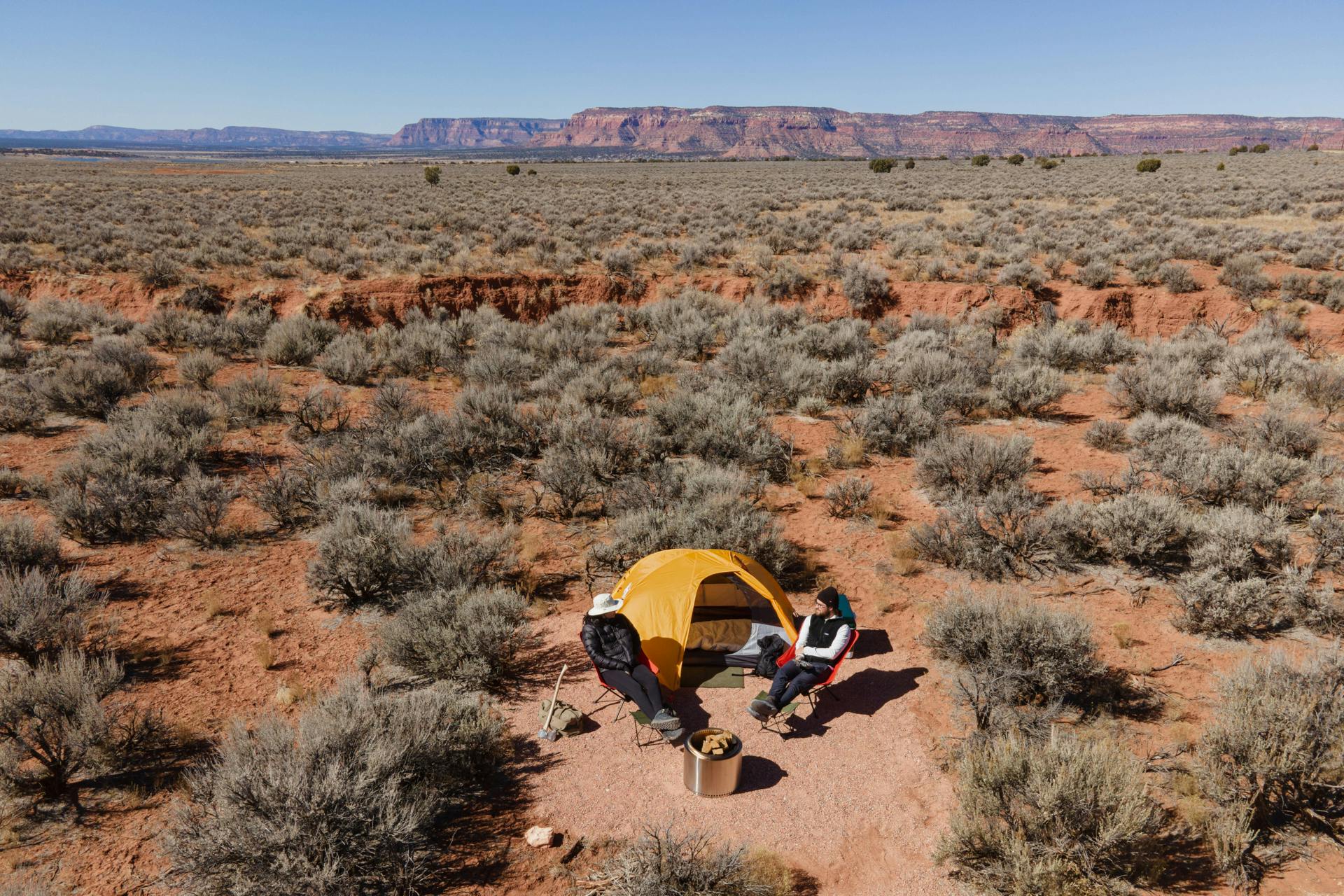What the Updated CDC Guidelines Mean for Summer Camping (April 2021)

On April 2, 2021, the Centers for Disease Control and Prevention (CDC) updated its guidelines for fully vaccinated travelers:
Given recent studies evaluating the real-world effects of vaccination, CDC recommends that fully vaccinated people can travel at low risk to themselves. A person is considered fully vaccinated two weeks after receiving the last recommended dose of vaccine.
Fully vaccinated people can travel within the United States and do not need COVID-19 testing or post-travel self-quarantine as long as they continue to take COVID-19 precautions while traveling – wearing a mask, avoiding crowds, socially distancing, and washing hands frequently.

So, what does this mean for camping?
It means vaccinated campers can travel within the United States with more ease. Previously, certain states required out-of-state travelers and individuals traveling from high-risk states to produce negative COVID test results or quarantine for 14 days. With these updated guidelines, vaccinated campers can travel wherever their hearts desire without needing to get tested before or after travel or self-quarantining. The vast majority of campers stay within two hours of their home, so the CDC update mainly affects those looking to camp out of state.

The CDC suggests that travelers still ought to follow their recommendations for traveling safely that include:
- Wearing a mask over your nose and mouth.
- Staying 6 feet from those not in your household and avoiding crowds.
- Washing your hands often or use hand sanitizer.
They suggest maintaining these practices because of the large number of unvaccinated Americans and the state of the pandemic as a whole. It’s important to note that these practices are most likely specified for those traveling on a plane or other type of public transportation. Camping, obviously, differs from these types of travel as most campers travel to destinations by their own means, whether that’s driving, biking, or hiking. Of course, if you are using public transportation to get to your camping destination, it is important to practice the above measures.

When I get to the campground, do I have to wear a mask outside?
People who are fully vaccinated do not need to wear a mask when they are outdoors unless they are in a crowd. Crowds include parades, sporting events, live concerts, etc. The CDC clarified examples of outdoor activities in which it’s safe not to wear a mask:
- Walking, running, hiking, or biking outdoors alone or with members of your household.
- Attending a small outdoor gathering with fully vaccinated family and friends
- Attending a small outdoor gathering with a mixture of fully vaccinated and unvaccinated people.
- Dining at an outdoor restaurant with friends from multiple households

From these examples, we can deduct that for fully vaccinated campers, it is safe to:
- Walk around the campground outside without being masked. If you’re going indoors, say the laundry room or campground office, it’s still suggested that you wear a mask.
- Hike or bike outdoors alone or with members of your household.
- Congregate with a small group of fellow campers who are fully vaccinated outside around the campsite and campground.
- Gather outside with a small group of fully vaccinated and unvaccinated people.
- Eat outside around the picnic table with friends and family from multiple households.

Overall, these updated CDC guidelines don’t change a lot for campers because:
- The majority of campers don’t travel out of state, staying within a couple of hours from their home.
- Most are camping with individuals from their household.
- Campers are spending the majority of their time outdoors, where the risk for COVID spread is low.
- Camping and outdoor recreation remain one of the most low-risk activities to do during the pandemic.
For more information regarding camping safety, the CDC has categorized different camping activities into safer, less safe, and avoid in this travel guide.